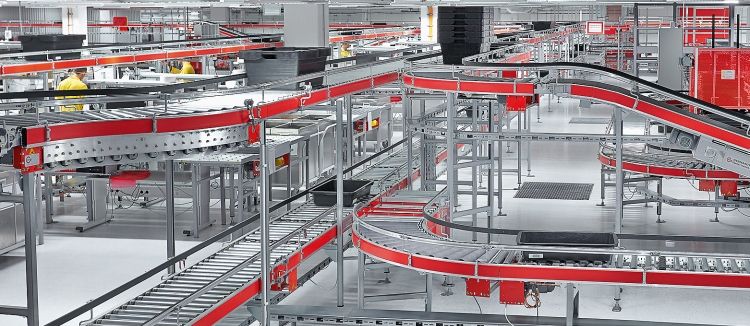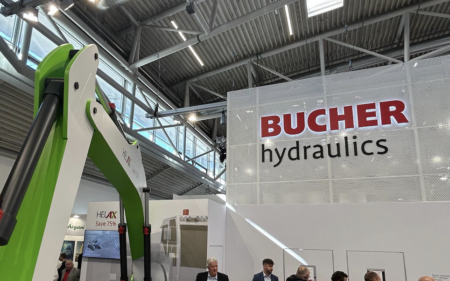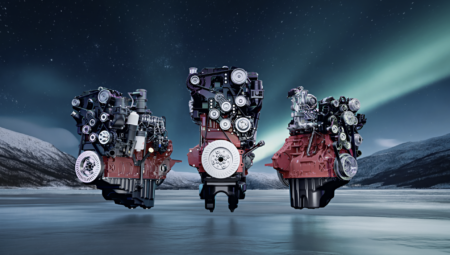Steve Richmond, director logistics systems, Jungheinrich UK discusses the role of automation within intralogistics to support the green agenda.
Over the next two years, 66% of organisations expect supply chains to become increasingly complex, not least in response to growing consumer concerns, according to Automation in Intralogistics research undertaken by Sapio Research, on behalf of Jungheinrich UK.
Whilst over the past decade, consumer demand for flexible deliveries and more choice has led companies to increase SKUs and expand delivery options, expectations are, once again, changing. Consumers are increasingly environmentally aware and want greater transparency and product information around sustainable purchases. Almost two thirds of young consumers would even reconsider their purchasing decision if retailers better communicated the impact their products and business have on the environment.
But what will this mean in practice? While many consumers appear to demand a ‘green’ delivery option, how much will they be prepared to pay for this choice? Will customers sacrifice speed of delivery or more flexible delivery slots for an environmentally preferable solution? And what about returns? Consumers now expect a simple and low cost returns process, but from the cost of repackaging to the additional transportation required, returns often do not support a sustainable agenda. How will consumers balance a desire for choice and flexibility with a pledge to improve environment-friendly behaviour?
Delivery options already have an impact on sales: three out of four consumers will leave a shopping basket because they don’t like the delivery options, yet 47 percent of retailers don’t know their basket abandonment rate or why consumers leave their online store. Introducing the concept of green deliveries is potentially adding another layer of complexity to the intralogistics model, as companies must consider the environmental impact of activities alongside speed, efficiency and accuracy – and provide consumers with options that truly reflect their expectations.
Strong Intralogistics Foundation
Companies are understandably exploring a raft of options to meet rising consumer sustainability awareness, including new packaging solutions, as well as innovations in technology such as Lithium-ion batteries, which will be key to supporting the environment-friendly future many are working towards. However, while replacing diesel powered forklift trucks with battery powered is great for green credentials, it is also important to focus on the additional efficiency gains on offer, such as smart charging. Efficient operations are cleaner and greener; they incur less waste and enable optimised delivery to minimise transportation. It is efficiency that should be the priority.
Smart connected warehouses that effectively combine people and automation are set to play a vital role in enabling more efficient pick, pack and ship processes. According to the research, automation is firmly on the agenda and the key areas for development over the next two years are within order picking (25%), fulfilment (22%) and packing (32%) – with returns processing (33%) and order delivery (31%) reinforcing the clear demand to gain efficiency and improve responsiveness within the warehouse operation.
While efficiency will create a greener logistics operation, how can companies then leverage that performance to provide consumers with the required choice – and the information to enable decision making?
Customer Choice
If companies are to better manage expectations when consumers are themselves battling multiple desires – from cost to speed to environment – it is becoming essential to make it easier for consumers to make a decision. Leveraging the data inherent within the smart connected warehouse, a company can track and measure operational activity and use that insight to create environmental options without incurring untenable costs.
Combining diverse delivery options – from timing to pricing – with clear information about the associated environmental impact, will provide consumers with the chance to better understand their own individual objectives and drivers, prior to making a purchase.
Furthermore, companies can leverage this data to better understand trends in consumer behaviour and improve the accuracy of forecasting. Green is on the agenda, but it will not necessarily be the top priority for all consumers. Combining an efficient, connected warehouse with better intelligence will enable companies to effectively react to the continuous evolution in environmental concerns.





